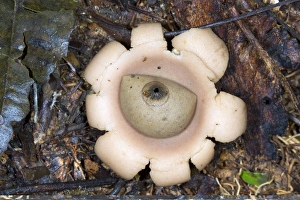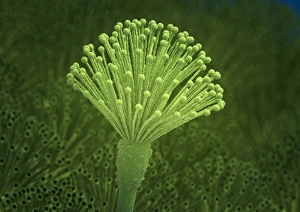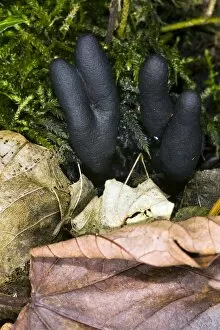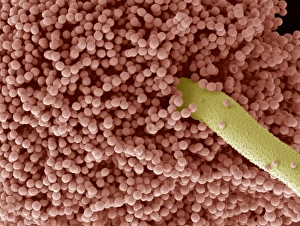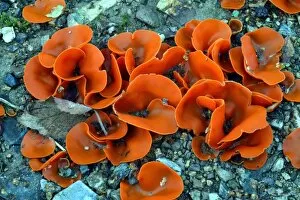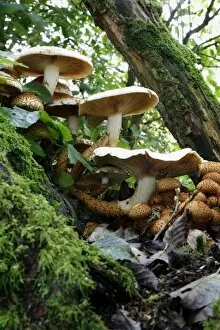Saprotroph Collection
"Saprotroph: Nature's Decomposers Unveiled" Step into the enchanting world of saprotrophs, where fungi reign as nature's ultimate decomposers
All Professionally Made to Order for Quick Shipping
"Saprotroph: Nature's Decomposers Unveiled" Step into the enchanting world of saprotrophs, where fungi reign as nature's ultimate decomposers. This antique illustration showcases the shaggy scalycap or shaggy Pholiota, a captivating mushroom species (Pholiota squarrosa) that thrives on decaying organic matter. Its intricate details and earthy hues transport us to a realm teeming with life. Behold the Earthstar fungus (Geastrum sp. ), captured in this mesmerizing photograph. Its unique star-shaped fruiting body stands out against the forest floor, silently working its magic by breaking down dead plant material and recycling nutrients back into the ecosystem. Marvel at Aspergillus fungus, depicted both through exquisite artwork and scanning electron microscopy (SEM). These microscopic wonders reveal their delicate structures and spores, reminding us of their crucial role in decomposition processes worldwide. Their presence is vital for nutrient cycling and maintaining ecological balance. Intriguingly named "Dead man's fingers" (Xylaria polymorpha), these eerie black fungi emerge from decaying wood like skeletal appendages reaching towards the sky. They symbolize nature's ability to transform death into new beginnings, showcasing how saprotrophs play an essential part in recycling organic matter. The vibrant Orange peel fungus (Aleuria aurantia) adds a splash of color to our exploration. With its striking resemblance to citrus peels scattered across the forest floor, it serves as a reminder that beauty can be found even amidst decay. Porcelain fungi (Oudemansiella mucida) grace our path with their elegant appearance resembling delicate porcelain cups suspended from tree branches. These saprotrophic marvels contribute to decomposition while adding an ethereal touch to woodland landscapes. Let your imagination wander among Pholiota limonella mushrooms – small but mighty agents of decay that thrive on decaying plant material.


